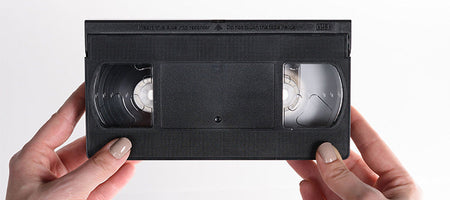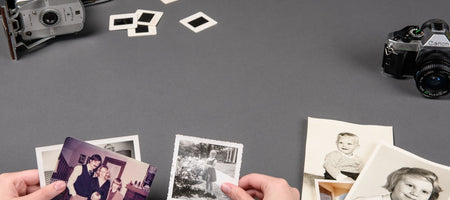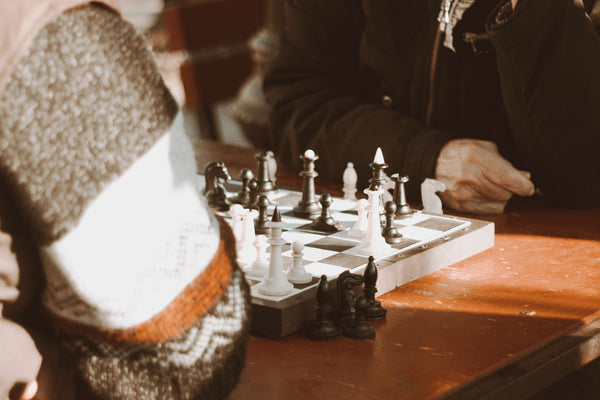It turns out that photos don’t last forever. Sadly, images fade over time, leaving shadows and silhouettes where people, faces, and friends used to be. It’s nobody’s fault. It’s just part of the way that pictures are.
There are myriad reasons why images lose their definition over time, and there are certainly things that you can do to preserve pictures as long as possible. In fact, one of the best things you can do for photo longevity is to keep them out of direct sunlight as much as possible.
Whelp, there goes the family photo collection on the mantle.
In order to explain what’s actually going on with your photos and why they change, fade, and lighten over time, we’re going to have to get a little bit sciencey. If you’re not into learning about the natural order of things, you might want to hit the back button on your browser.
The main type of photo ruination comes in the form of UV light exposure. The process of photos fading due to sunlight is called photo-degradation, which a surprisingly apt and descriptive word. What basically happens is that sunlight shines on the plastic materials that make up the colors in pictures and excites them. When the molecules in the plastic get too excited from the light, they start to break down. That breakdown is bad news for prints, and the result is that the pictures fade.
Sunlight isn’t the only thing that can wreak havoc on your pics. Other things can also affect your pictures’ quality over time. It turns out that, while you might think you keep a clean house, toxins are everywhere. No, not the kind that need It-Works! wraps to make them go away. Little micro-particles are floating in the air like dust and chemicals that can cause those molecules in your photos to degrade over time. Things like smoke, cleaning chemicals, and dust can all lodge on the face of your photos and cause them to fade.
Another lurking threat to your pictures’ fidelity is tape, believe it or not. The adhesive that makes tape sticky can also seep into the photos and cause the color molecules to get all screwy. That’s why it’s best, when you’re hanging or framing photos, to not use any acidic paper or tape to mount them.
The last big culprit of photo doom is fungus. No, nobody likes thinking about fungus, but yes, it’s a real problem when it comes to keeping your photos crisp. Fungus damage looks a little bit different than light exposure, in that it doesn’t cause the photos to fade. Instead, it manifests as big old brown splotches on the surface. Fungus growth can usually be stopped by making sure your pictures are stored in a nice dry place.
So, to recap, the major things that cause photo-degradation are sunlight, acid, particulates, and fungus. That doesn’t sound so appetizing.













